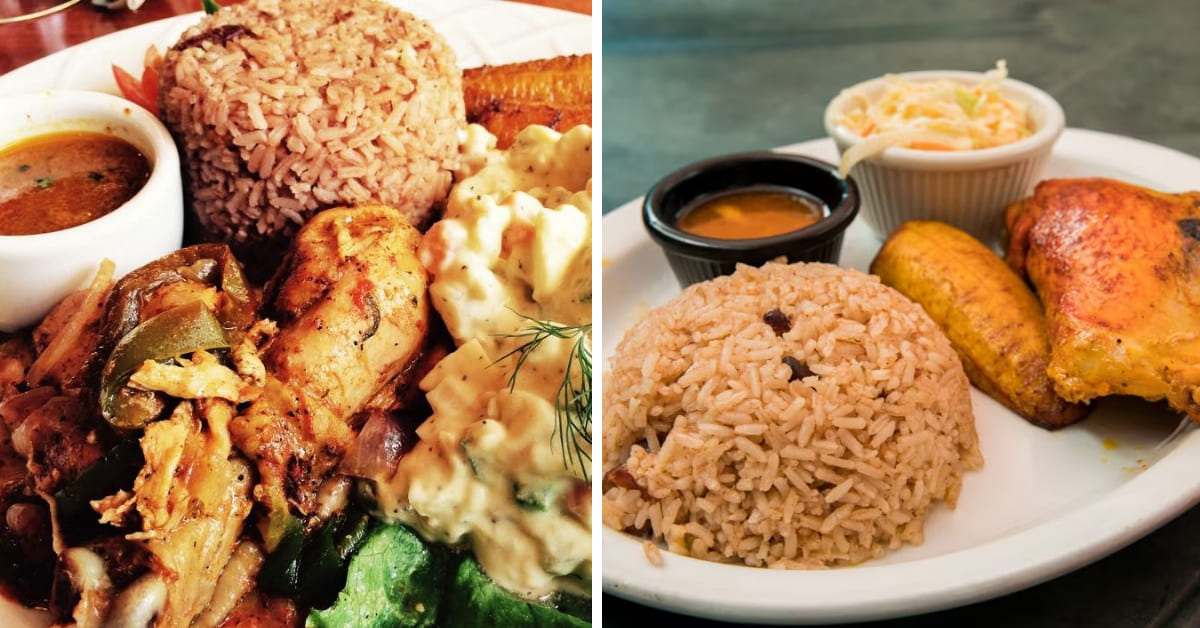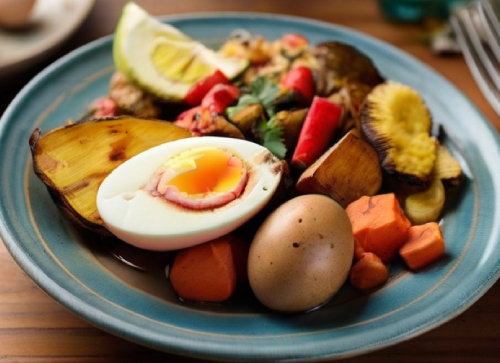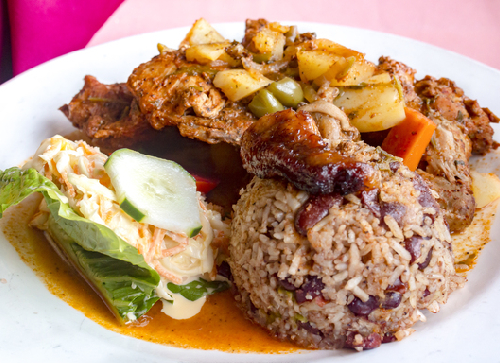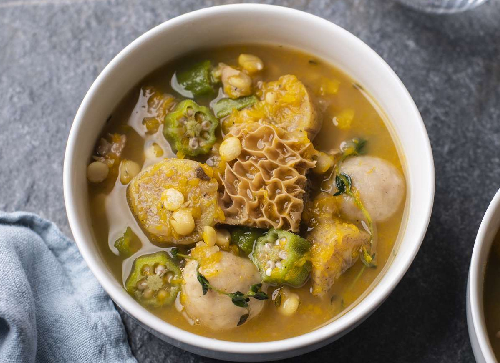Quick Links: About Us - Contact Us

When most people think of Belize, crystal-clear waters, lush rainforests, and ancient Maya ruins might come to mind. But hidden beneath the country’s breathtaking beauty is a lesser-known treasure—its Creole cuisine. Rooted in African, British, and Caribbean influences, Belizean Creole (or “Kriol”) food is as warm, comforting, and vibrant as the people who make it. It’s a cuisine born from history, adaptation, and heart—and it’s one that’s best enjoyed with a spoon, a smile, and maybe a side of fry jacks.
Let’s dive into the comforting world of Belizean Creole food and discover why it’s one of the country’s most soul-satisfying culinary traditions.
The Roots of Creole Cuisine in Belize
Creole food in Belize is the legacy of the Kriol people, descendants of African slaves and European settlers. Over generations, these communities developed a distinctive cuisine based on available ingredients, seasonal produce, and time-honored techniques. The result? A flavorful, filling, and deeply cultural food tradition that tells a story with every bite.
Creole dishes often rely on staple ingredients like coconut milk, rice, beans, ground foods (root vegetables), and locally sourced proteins such as fish, chicken, or pork. Seasonings are bold but balanced—think black pepper, thyme, garlic, and habanero chilies—used to coax out deep layers of flavor rather than to overwhelm.
Belizean Boil Up: A Sunday Staple
No discussion of Creole comfort food in Belize is complete without mentioning Boil Up. Often considered the national dish of the Creole community, Boil Up is a hearty, one-pot meal traditionally eaten on Sundays.

This dish is a medley of boiled root vegetables—cassava, sweet potato, plantain, and yam—served alongside boiled eggs, dumplings (known as “flour cakes”), fish or pigtail, and often topped with a rich tomato-based sauce. It’s rustic, filling, and surprisingly nuanced, with each component offering a different texture and flavor.
Boil Up isn’t just food; it’s an event. Families gather to share the dish, often spending hours preparing it. It’s about togetherness, nourishment, and slowing down at the end of the week.
Stew Beans and Rice: The Heartbeat of the Kriol Kitchen

While rice and beans cooked with coconut milk is Belize’s most famous dish, stew beans and white rice is the unsung hero of everyday meals. This version separates the rice and beans, cooking the beans with smoked pigtail or salted meat and seasoning them until they develop a rich, gravy-like consistency.
Served with stewed chicken or pork, a side of potato salad or fried plantains, this meal is as common in local homes as it is in lunch spots across the country. It’s simple, reliable, and endlessly satisfying—a perfect example of how Creole food doesn’t need flash to be fantastic.
Johnny Cakes and Fry Jacks: Morning Fuel

Creole comfort starts early in the day, too. Johnny cakes, a type of dense, baked biscuit made from flour, coconut milk, and shortening, are a breakfast staple often stuffed with cheese, beans, or eggs. They’re portable, affordable, and perfect for a quick bite on the go.
Then there are fry jacks—puffy, golden pillows of deep-fried dough served with everything from refried beans to scrambled eggs and sausage. While fry jacks are now beloved across Belize, they originated in Creole kitchens as a way to stretch simple ingredients into something indulgent and filling.
Cow Foot Soup and Other Hearty Specialties

Some of Belize’s most unique Creole dishes showcase the community’s resourceful, nose-to-tail approach to cooking. Take cow foot soup, for example—a gelatinous, slow-cooked soup that’s equal parts comfort food and hangover cure. Rich in collagen and packed with root vegetables, this dish is often served with white rice and a squirt of lime.
Other notable dishes include split peas with pigtail, fish seré (a creamy coconut fish stew), and stewed gibnut—a delicacy often reserved for special occasions.
Unlock Exclusive Tips, Offers, and Guides.
Subscribe now and be the first to access this limited-time offers.
Where to Find It
Creole food is best experienced in local kitchens and street-side eateries, especially in Belize City and along the Belize River Valley. Small family-run diners, known as “local joints,” often serve the most authentic versions of these dishes.
Some top spots include:
- Bird’s Isle (Belize City) for stew beans and fry jacks.
- Dit’s Restaurant for boil up on Sundays.
- Nerie’s II for daily Creole lunches in a relaxed, welcoming setting.
Final Thoughts: A Taste of Home
What makes Belizean Creole food so comforting isn’t just the flavors—it’s the familiarity. It’s the way a bowl of stew beans brings you back to your grandmother’s kitchen, or how a warm Johnny cake feels like a hug on a busy morning.
Creole cuisine in Belize is more than just sustenance; it’s a heritage passed down through generations. It’s adaptable, soulful, and always made with love. Whether you’re visiting Belize or rediscovering it as a local, don’t miss the chance to taste this delicious legacy.

